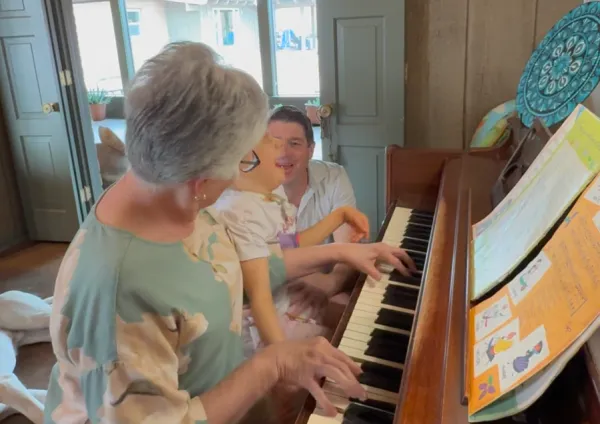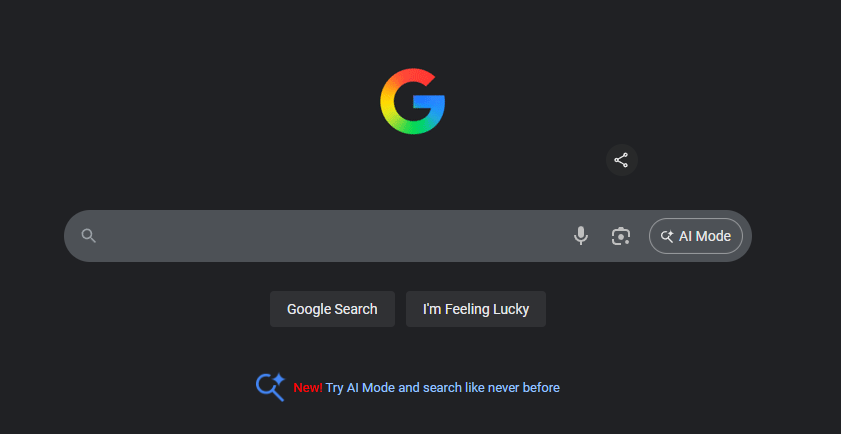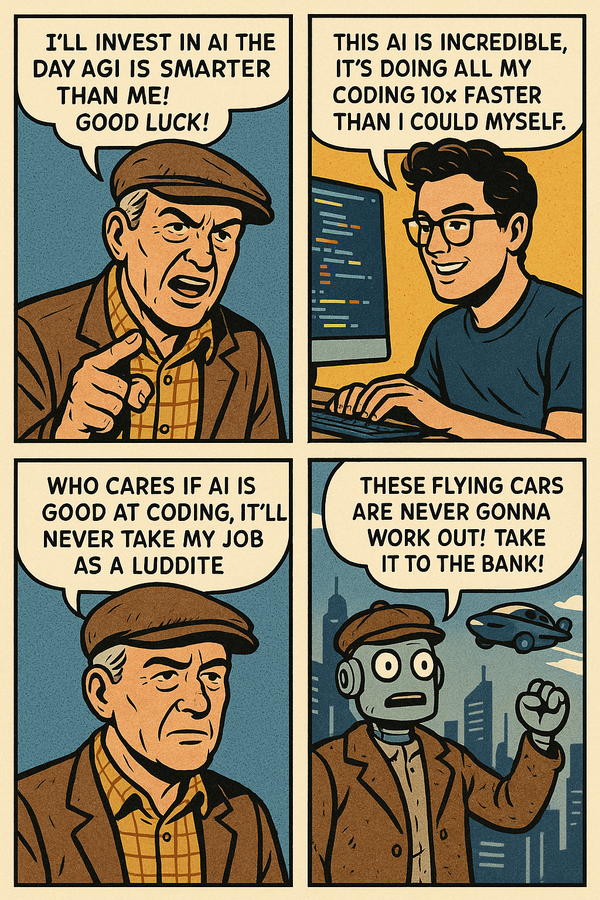Making some moves with my MSFT position
If you’re reading a paper, or watching TV or seeing the tweets roll in, you’ve no doubt heard the big news this morning:
Rihanna recorded a song with her ex-boyfriend.
Also, the European Union has some kind of agreement on Greece.
Both are equally ephemera-licious. They don’t mean much at all, they aren’t significant inflection points that will be studied in the future. Neither one signals smooth sailing ahead. At least with Ms. Rihanna’s drama we get some reasonably-okay driving music.
There are a lot of things I’m not going to say on the issue. I’m not going to say that Greece will need another bailout. I’m not going to say that this is exact deal that Germany knew ‘had’ to get done but kept delaying so as not to cause a revolt by their citizenry. I’m not going to say that the Troika’s leaked report basically says this whole thing is like the Tacoma Narrows bridge (see picture below). I’ll let them say that:
The debt trajectory is extremely sensitive to program delays, suggesting that the program could be accident prone, and calling into question sustainability …………. Debt to GDP would fall to around 160 percent of GDP by 2020, well above the target of about 120 percent of GDP set by European leaders. Financing needs through 2020 would amount to perhaps €245 billion. ……………. With debt ratios so high in the next decade, smaller shocks would produce unsustainable dynamics, leaving the program highly accident-prone. (http://www.scribd.com/doc/82247382/Greek-Sustainability-Proposal)
That is to say the whole endeavor has no margin of safety, no room for error. The solution for indebtedness isn’t different kinds of indebtedness.
(Howard Clifford running off the Tacoma Narrows Bridge as it collapsed. The engineers failed to account for vibrations caused by the wind. Howard later said ““I don’t think anything more exciting has ever happened to me.”)
I hope that what I just wrote doesn’t render you depressed. That’s not my intention. I’m trying to free you from a gut-wrenching macro roller coaster so you can focus on buying a share of the earnings that will materialize over the next three, four and five decades. There App economy is booming; Apple has even launched a countdown to 25 billion Apps downloaded (with awesomely elegant Apps like Clear launching constantly, they’ll be their soon). When Taser (NASDAQ: TASR) intergrates the Cloud into its new stun guns, you know we’re well past the tipping point.
Don’t expect too much from bureaucrats, whether they are in Europe or over here in the US of A. They aren’t investors like us, their only goal is to foist convenient political solutions, they don’t build systems that can allow for the unexpected. But we need to do just that for our portfolio.
There are no shortcuts but there are plenty of ways you can short-circuit yourself. Lack of patience with a trade, even when you understand the thesis, is one of the biggest blunders you can make. Over on TradingWithCody.com more than a few subscribers asked me about FIO more than a few times after its IPO. Post a deep-dive-dig I concluded it was perfect for the Revolution Portfolio. And then the stock didn’t do much. Till last Friday when it was up < 13%, and about 19% since I re-iterated our long position last Tuesday. Which puts it up about 25% since the IPO just last summer.
But the objective data tells us that most people will miss out on rallies like that. This 2004 paper details how trading volumes for newly-IPO’d stocks are 1.5 larger during new highs than new lows. That means investors get excited by a rising stock way more than they do at the prospect of getting a business on sale. Don’t be a statistic.
As for trading this morning, I’m selling my January 2013 Microsoft $25 calls. These are options that I bought back when the stock was near $25 a share and seemed to want to be stuck there forever. I paid just under $3 for each one of these MSFT call options that give me the right to buy 100 shares of MSFT stock at $25 a share no matter what price Microsoft is trading on the third Friday of next January when these expire. They are now worth more than $7 per option, giving me a nice 100% plus profit on these.
I’m still more of a bull than a bear on Microsoft here (mainly because nobody thinks Windows Smartphones or Windows Tablets have a chance of succeeding against iOS/Android and that’s probably more than priced in, so ANY little successes by Softee in phones or tablets will likely drive the stock in coming months or quarters), but I liked it a lot more at $24 and $25 when we were buying these calls than now with the stock north of $31.
So I’m going to sell these January 2013 MSFT $25 calls and look to replace them in coming days and weeks when MSFT is weak with January 2013 MSFT $30 and $32.50 calls. Since those new calls would have higher strike prices (meaning I would have the right to buy 100 shares of MSFT at $30 instead of $25 for example) they are cheaper to buy.
What this trade does is keep my upside exposure in MSFT but minimize my downside risk as I’m locking in about $4 per share in profit on these $25 MSFT calls (I paid $3 and am selling them for $7) and now I can go out and buy the MSFT calls with a $30 strike price for $3 each. If the stock drops below $30 a share, these call options act as a sort of “natural stop loss” because they become worthless as the stock would drop further away from $30. And the point is that after selling my $25 MSFT calls and replacing them with the $30 and $32.50 MSFT calls, I’ll have pulled out more than my original investment and my losses are defined by however much capital I put into the new calls.




